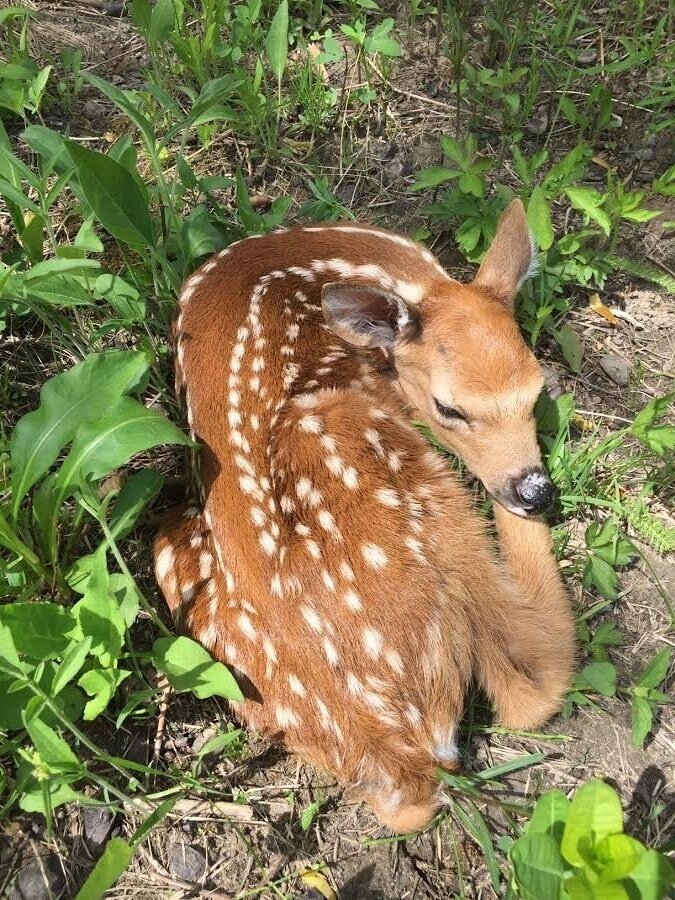
About Us
History of Johnson Nature Center
More than thirteen thousand years ago, a melting glacier left behind massive piles of sand and gravel that formed the "hills" of Bloomfield, and shaped the original landscape of the area now known as the Johnson Nature Center. Melt waters created the small tributary of the Rouge River that crosses the property, as well as the low depression that later became an inland pond. A variety of plants and animals inhabited the property over the ensuing years, mainly influenced by the warming climate. There is no evidence of human activity on the property prior to settlement days in the early 1800's, but it is known that Indigenous Peoples (Anishinaabek, Wyandotte, Fox and Saux peoples) often traveled in the area, and they very likely fished in the surrounding lakes.
The first settlers came to the Bloomfield area about 1820. They were seeking good grazing land for their livestock, and space in which they could plant fruit trees. The area was attractive to them because it contained high ground that was relatively free of trees...open land that would not have to be cleared of unwanted trees and stumps. It was described in terms such as "oak openings," "oak barrens," or "savanna," which are habitats that only contain a few trees per acre and are dominated by tall grasses and perennial flowers. Thus the name "Bloomfield Hills" was derived from the blooming fields located on the surrounding hills. The plentiful lakes of the area were undoubtedly an added attraction to settlers.
Nature Center Team
Education Specialist & Land Stewardship Manager
Program Support Specialist
Jackie Doran
Cass Arsenault
Louise Kavanaugh
Laurie Simonelli
Camp & TreeSchool Coordinato
Systems Coordinator
Leigh Rowe
Early Childhood Leader
Tracy Niyo
Megan Thompson
Early Childhood Guides
Brian Klosterman
Operations Lead
Naturalists
Cathy Wesley
Jamie Patterson
Zach Mork
Seth Bivins
Shelly Andrews
Stephanie Potier - Community Guide





